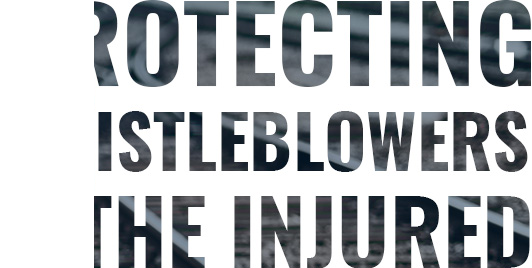On May 21, 2019, the National Transportation Safety Board held a meeting to determine the cause of a December 18, 2017, train crash. On that day, Amtrak train 501 derailed from a highway overpass near DuPont, Washington, killing three passengers and injuring 65 others (57 were train occupants, eight were in vehicles along the highway). Connecticut residents should know that a lack of training on the part of the train engineer was behind the wreck.
To be specific, the engineer, unclear as to what part of the route he was on and missing an earlier speed limit sign, took a 30-mile curve at a speed of 78 mph. This mistake could have been prevented if the Amtrak train had been equipped with an automatic braking system, the NTSB concluded. The NTSB has also placed the blame on the various agencies that operated the line.
It is clear, then, that blame for the accident cannot be placed on any one individual. Fault can be found with even the highest levels of management. In several weeks, the complete NTSB investigation report will become available.
In a case like this, it can be hard for injured railway employees to determine if they are eligible for compensation. Injured railway workers are in a unique position because they cannot file for workers’ comp like other employees. Instead, they can file a FELA claim. Under FELA (the Federal Employers Liability Act), victims can sue the railway for their injuries as long as they can link their injuries to negligence on the railway’s part.
This is where legal representation may be beneficial. An attorney might hire investigators to obtain the necessary proof, which can include the NTSB report. Medical experts may be brought in to measure the extent of injuries. The attorney might then negotiate for a settlement.

